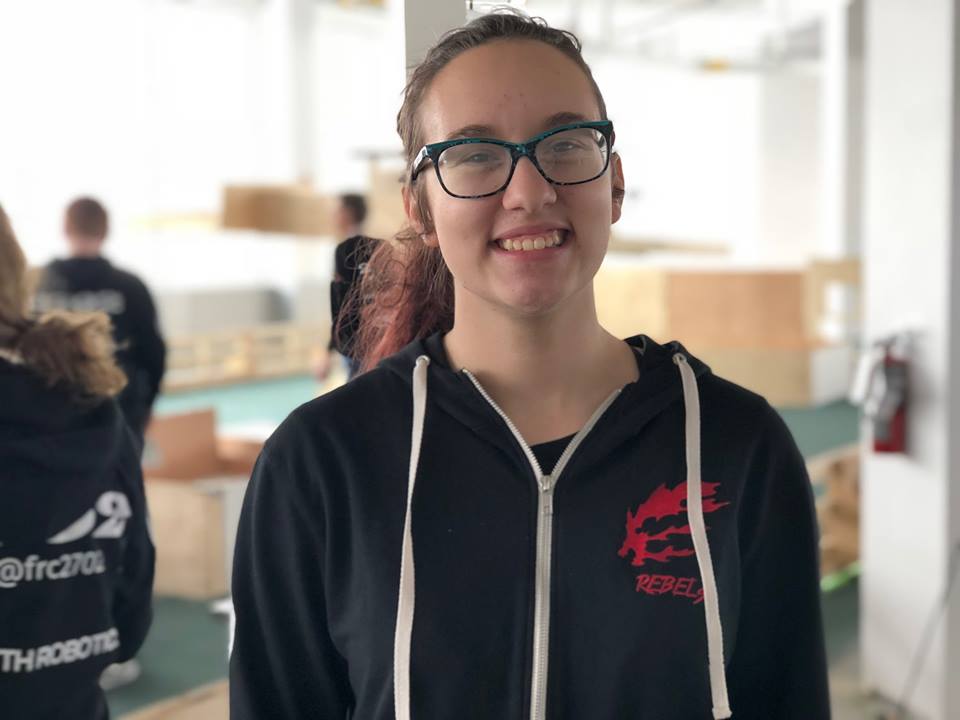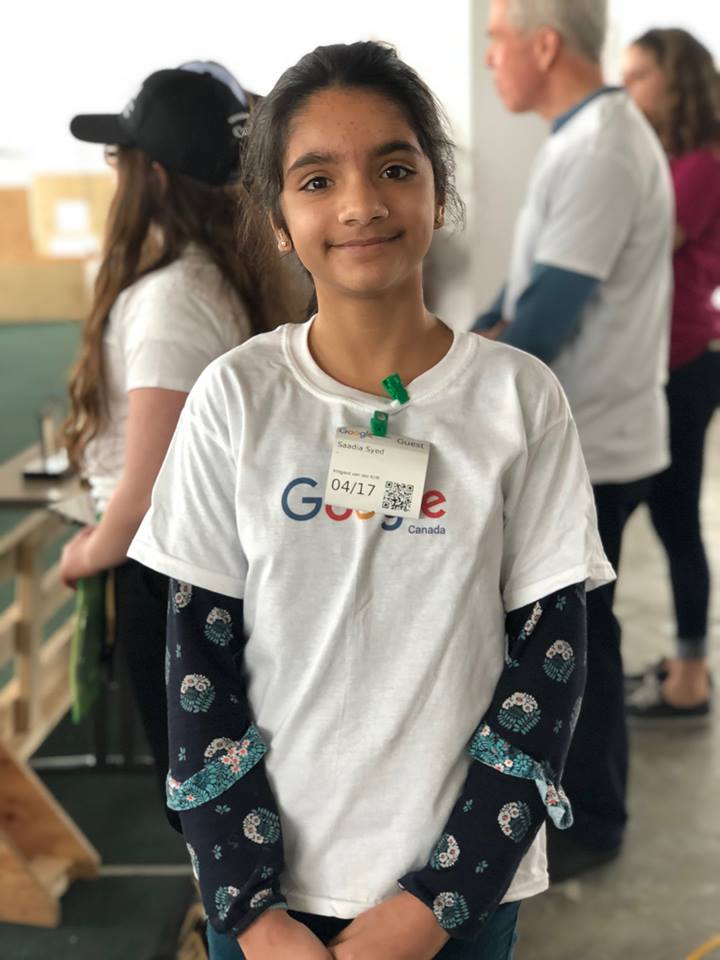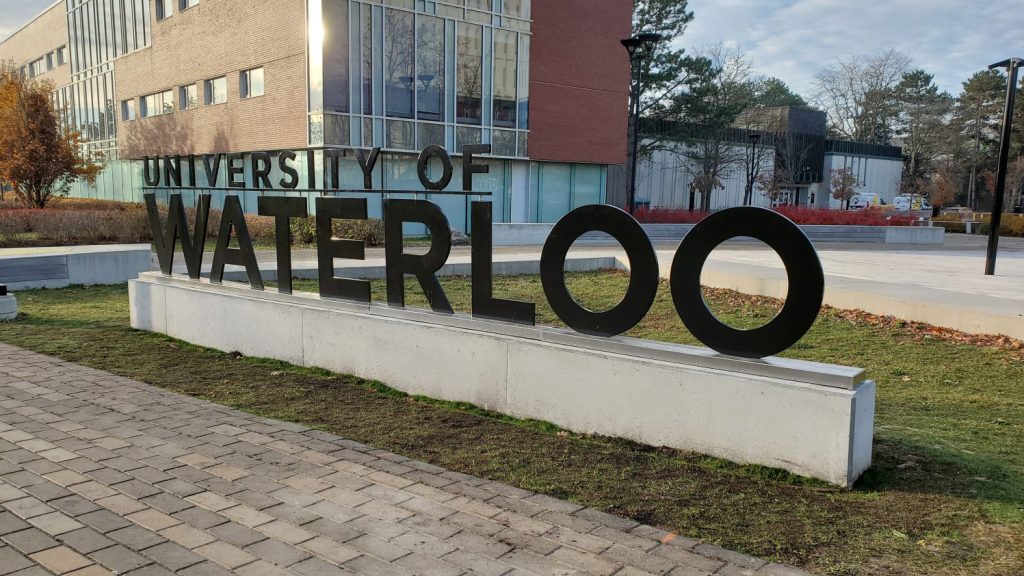Google invests in UW program to support STEM interest among girls
Posted Apr 17, 2018 07:28:55 PM.
This article is more than 5 years old.
As a child, Elisa Knight had an interest in STEM activities, but no exposure to the discipline.
“I was interested in computer-science specifically,” Knight says. “But as much as my parents tried, as much as my grandparents tried, I didn’t have the exposure in STEM that I needed to become involved in it.”

A $400,000 investment from Google Canada to the University of Waterloo’s women in computer science program hopes to reverse that trend and promote computer-science as a field of study to more young girls.
Joanne Atlee is the director of women in computer science, and says they’ll use the money to provide long-term programming and a community for girls like Knight.
“I think the ultimate solution to increasing the percentage of women in tech is to have computing in K–12 education,” Atlee says. “Until then, what we’re trying to do is ensure that as many girls as we can are at least exposed to computing.”
The grant is part of a larger $2.1 million funding announcement by the company to support STEM education, and interest among kids that are underrepresented in the field.
Saadia Syed is a Grade 6 student participating in Technovation — a global tech competition for girls that’s getting a permanent chapter in Waterloo thanks to the grant from Google.
The girls enter the program knowing nothing about computer-science to coding their own app.
“We code on an MIT App Inventor,” says Syed. “When we’re done all the coding for the app, we present it like a live pitch to the Technovation team members.”

Atlee says they went from zero to 250 students signed up.
At the same time, Google officially opened the doors to a new community hub at its campus in Kitchener. The dedicated space will be used by community groups, like Kitchener-Waterloo Youth Robotics, of which Knight is now a member of.
Since January, the team of high school students have been using the hub to build robots.
“It’s given us the opportunity to enrich our own lives through STEM education, and promotion of STEM education” Knight says.
The space, Atlee says, is another way to give girls early experiences with computer-science.
“And that any girls who express interest in computing at a young age continue to have programming and support, and a community for those activities.”










